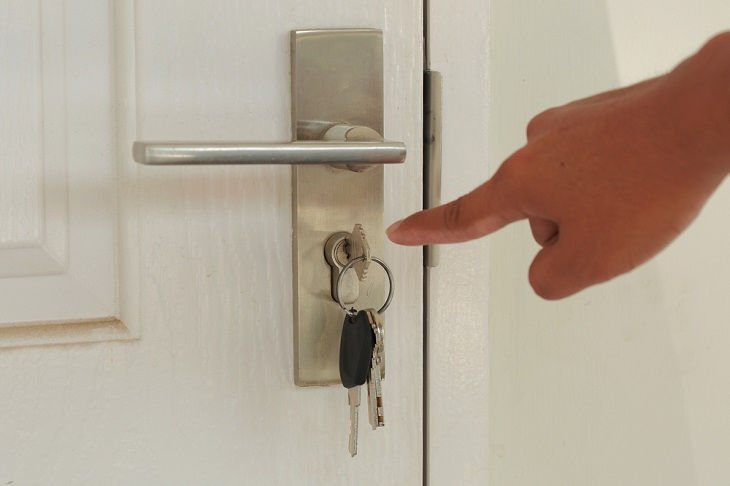Line Boring: A Crucial Yet Understated Process in Home Improvement
- David Fenton
- Nov 3, 2023
- 3 min read
Updated: Nov 5
A world of renovation and transformation eagerly beckons us in the realm of home improvement. Often, our discussions are about grand-scale renovations such as kitchen remodelling or the perfect hardwood flooring. But have we ever wondered about the very basis of these works, the foundation that ensures those kitchen cabinet doors swing smoothly or the doorknobs swing perfectly? Today, we delve into the world of line boring. What is it? How does it work? Why is it crucial to the outcome of our home improvement efforts?
Line boring might not be as glamorous as the ultimate choice of tile colour or wallpaper design, but it is the unsung hero that affords these stars the spotlight. In this blog post, we'll explore this little-known yet essential process and its role in our constructions and renovations.

The Essence of Line Boring:
Line boring is a machining process that enlarges a hole that has already been drilled or cast, ensuring the accuracy of size, concentricity, and surface finish. It's widely used in various home renovation projects, particularly those involving the installation of cabinets and furniture where precise hole alignment is vital.
The beauty of line boring lies in its precision and the sheer accuracy it brings. It’s all about form meeting functionality, ensuring things fit together seamlessly, and creating a flawless finish - all attributes that we love in a well-designed and well-implemented home interior.
Line Boring: A Closer Look at the Process:
At the heart of line boring is a set of specialised machines and tools. The working principle behind it steers clear from a one-size-fits-all approach and instead focuses on the individual needs of the task at hand. Basically, the machine, created specifically to bore holes, is adjusted to achieve the precise alignment required.
Why Line Boring?
The benefits of line boring are multifold. Besides the precision it brings to your home improvement projects, it's relatively faster and reduces the worktime while ensuring accuracy. If done right, it can improve the quality, longevity and functionality of your fittings and installations.
The Flipside: Cons of Line Boring:
Line Boring Warwick does not come without its fair share of drawbacks. The process can be quite costly due to the specialized equipment and professionals required. Furthermore, it may not be necessary for all kinds of home improvement tasks, making it somewhat of an overinvestment in certain situations.
Line Boring and the Professional Touch:
Even though the concept of line boring seems fairly straightforward, executing the process requires professionals with the right skills and aptitude. The measurements need to be precise, the process careful, and the results accurate. Indeed, line boring is a job best left to the pros.
DIY vs Professional Line Boring:
The popularity of DIY home improvements might leave you wondering whether line boring is a task you can take the help of experts. While it's not impossible to acquire the skills, the process is complex and necessitates a high level of precision. Thus, hiring a professional might be more feasible and cost-effective in the long run.

Conclusion:
While line boring might seem like a technical and somewhat intimidating aspect of home renovations, its significance cannot be overstated. In the realm of home improvement, success is often found in the details - the painstaking accuracy, the meticulous planning, and the harmonious blending of form and function. Line boring combines all of these elements, making it a crucial element in our homes' renovation stories. After all, our homes deserve nothing but the best, right down to the last precisely bored hole.
For more information about us, please refer to the details below:
Business Name: Biddeston Engineering
Address: 984 Oakey Biddeston Rd, Biddeston QLD 4401, Australia
Tel: 0400 395 548



















Comments